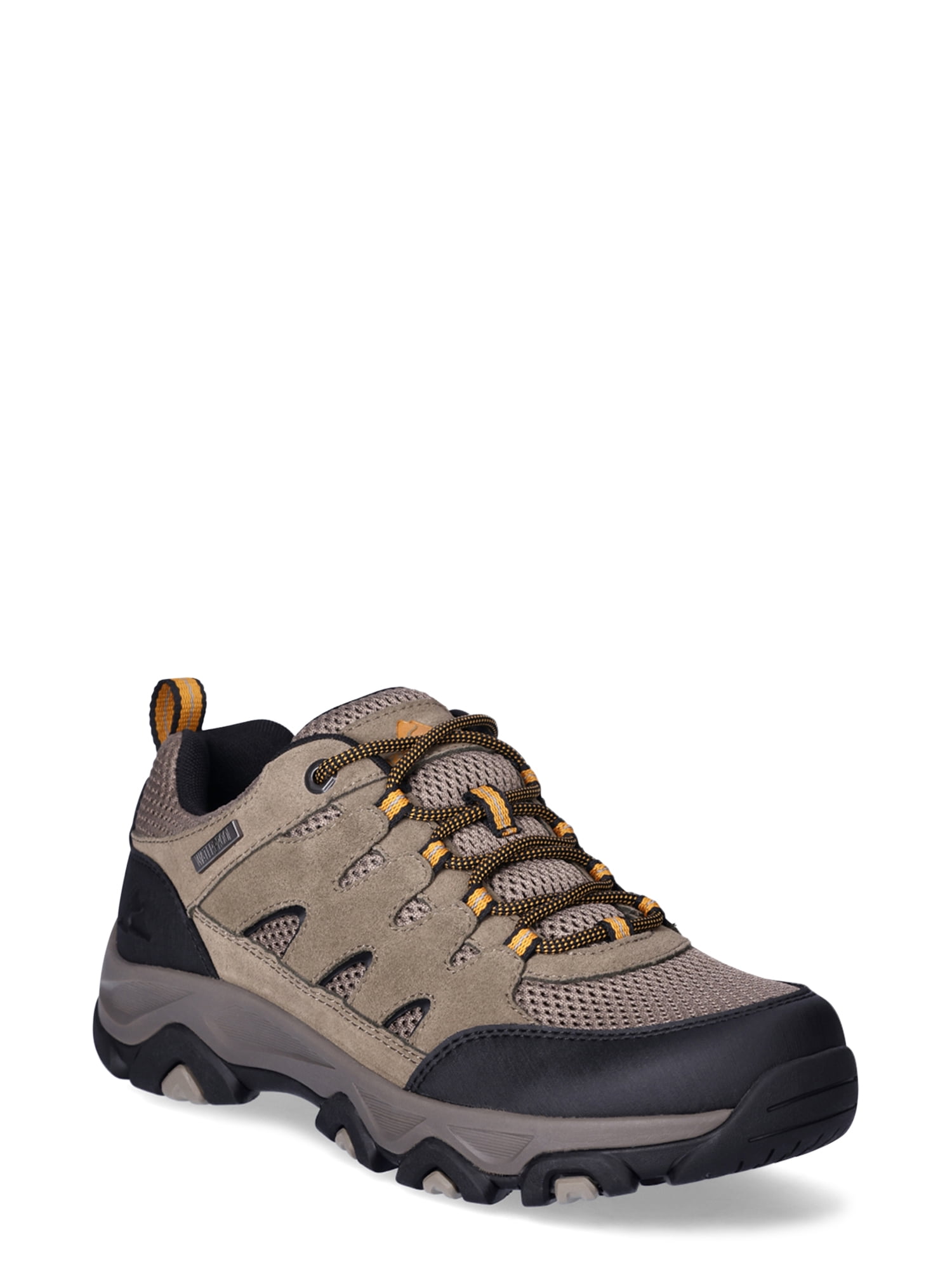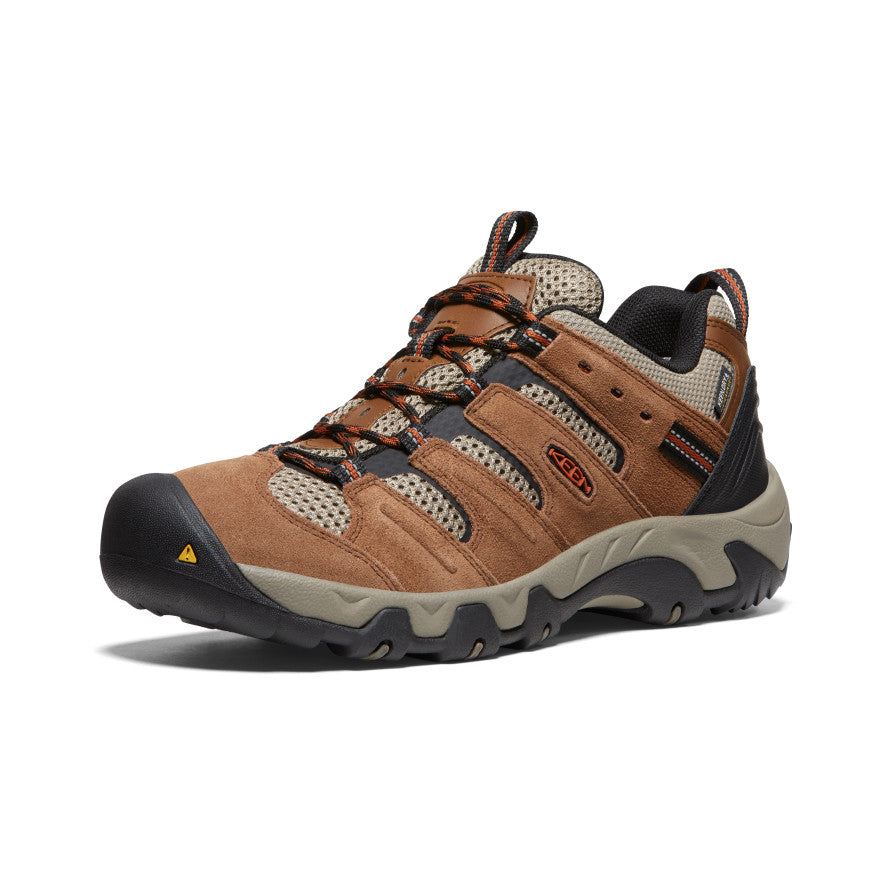The Ultimate Guide to Choosing the Perfect Hiking Shoes for Every Terrain
Hiking is more than just a recreational activity; it’s an exploration of nature’s diverse landscapes. Whether you’re traversing rocky trails, navigating muddy paths, or scaling steep inclines, the right pair of hiking shoes can make all the difference. This guide aims to provide you with the knowledge and insights needed to select the perfect hiking shoes for every terrain, ensuring comfort, safety, and performance on your outdoor adventures.
Understanding the Importance of Hiking Shoes
The significance of hiking shoes cannot be overstated. They are not just footwear; they are your primary defense against the unpredictable challenges of the wilderness. According to renowned mountaineer Reinhold Messner, “The right shoes can make or break your climb.” This statement underscores the critical role that hiking shoes play in ensuring your safety and success on the trail. From providing traction on slippery surfaces to offering support for long hours of walking, the right pair of hiking shoes can significantly enhance your hiking experience.

Types of Hiking Shoes
When it comes to hiking shoes, there are several types to choose from, each designed for specific terrains and activities. The most common types include:
1. Trail Running Shoes
Trail running shoes are lightweight and designed for speed and agility. They are ideal for hikers who prefer to move quickly over relatively smooth terrain. According to a study by the University of Utah, “Trail running shoes provide excellent traction and cushioning, making them suitable for fast-paced hiking.”

2. Hiking Boots
Hiking boots are heavier and more durable, offering superior support and protection. They are perfect for rugged terrain and long hikes. As stated by outdoor expert Chris Townsend, “Hiking boots are essential for carrying heavy loads and navigating rough trails.”

3. Approach Shoes
Approach shoes are a hybrid between hiking shoes and rock climbing shoes. They provide excellent grip and support for both hiking and climbing activities. According to a review on REI Co-op, “Approach shoes are versatile and ideal for multi-sport adventures.”

Key Features to Consider
When selecting hiking shoes, it’s essential to consider several key features that will impact your comfort and performance. These features include:
1. Traction
Traction is crucial for maintaining stability on various terrains. Shoes with Vibram soles, a leading brand in hiking footwear, offer superior grip and durability. According to a report by Backpacker Magazine, “Vibram soles are trusted by hikers worldwide for their exceptional traction.”
2. Support
Proper support is vital for preventing injuries and ensuring comfort during long hikes. Shoes with reinforced toe caps and arch support can significantly reduce the risk of blisters and foot fatigue. As noted by podiatrist Dr. Emily Splichal, “Supportive footwear is essential for maintaining foot health during extended periods of walking.”
3. Waterproofing
Waterproofing is essential for keeping your feet dry in wet conditions. Gore-Tex is a popular waterproofing material known for its breathability and durability. According to a review on OutdoorGearLab, “Gore-Tex-lined shoes provide excellent waterproofing without compromising on breathability.”

Choosing the Right Hiking Shoes for Your Terrain
The type of terrain you plan to hike on will greatly influence your choice of hiking shoes. Here’s a breakdown of the best options for different terrains:
1. Rocky Terrain
For rocky terrain, opt for hiking shoes with sturdy soles and reinforced toe caps. These features will protect your feet from sharp rocks and provide stability on uneven surfaces. As recommended by outdoor enthusiast Andrew Skurka, “Sturdy shoes with good ankle support are ideal for rocky terrain.”
2. Muddy Terrain
Muddy terrain requires hiking shoes with excellent traction and waterproofing. Shoes with deep lugs and Gore-Tex lining are ideal for keeping your feet dry and stable. According to a study by the University of Colorado, “Shoes with deep lugs provide superior grip on muddy surfaces.”
3. Steep Inclines
For steep inclines, choose hiking shoes with good ankle support and a snug fit. This will help prevent ankle twists and provide the necessary stability for climbing. As advised by mountaineer Ed Viesturs, “Properly fitting shoes with good ankle support are crucial for steep climbs.”
Conclusion
Choosing the perfect hiking shoes for every terrain is a crucial step in ensuring a safe and enjoyable hiking experience. By understanding the different types of hiking shoes, considering key features, and selecting the right pair for your intended terrain, you can enhance your performance and protect your feet on every trail. Remember, the right pair of hiking shoes can make all the difference, so invest wisely and enjoy the great outdoors!
